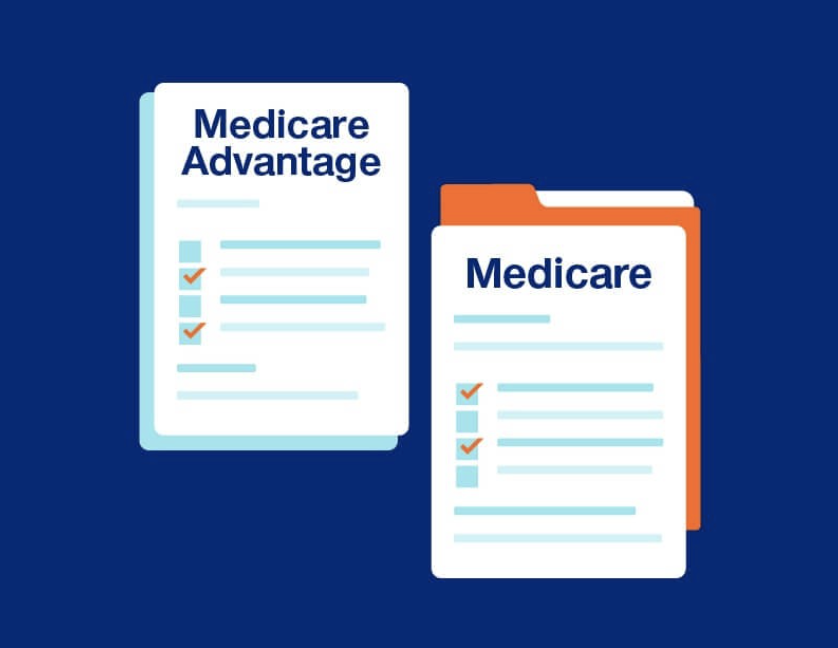Navigating Medicare Advantage: A Comprehensive Guide to Understanding Your Options

As you explore your Medicare coverage options, Medicare Advantage (also known as Medicare Part C) may be a valuable solution to consider. These plans offer an alternative to Original Medicare, combining Part A (hospital insurance) and Part B (medical insurance) into a single plan. Many also include additional benefits such as prescription drug coverage (Part D) and other services like dental, vision, and hearing care. This comprehensive guide will help you better understand Medicare Advantage basics and make an informed decision about your healthcare coverage.
Medicare Advantage: The Key Features
Plan Types
Medicare Advantage offers various plan types to suit your healthcare needs and preferences. The most common types include:
- Health Maintenance Organization (HMO) plans: HMOs require you to choose a primary care physician (PCP) and may obtain referrals to see specialists. They typically limit coverage to in-network providers, except in emergencies.
- Preferred Provider Organization (PPO) plans: PPOs offer more flexibility in choosing healthcare providers, with lower costs for in-network services and higher costs for out-of-network providers. Referrals are generally not required for specialists.
- Private Fee-for-Service (PFFS) plans: PFFS plans determine the payment rates for healthcare providers, who can choose whether to accept these rates on a case-by-case basis.
- Special Needs Plans (SNPs): SNPs cater to individuals with specific diseases, chronic conditions, or particular healthcare needs.
Enrollment Periods
You can enroll in a Medicare Advantage plan during specific periods:
- Initial Enrollment Period (IEP): A 7-month window starting three months before your 65th birthday, the month of your birthday, and three months after your birthday.
- Annual Enrollment Period (AEP): From October 15 to December 7 each year, you can enroll in, switch, or drop a Medicare Advantage plan.
- Special Enrollment Periods (SEPs): Under certain circumstances, such as moving out of your plan’s service area or losing employer-sponsored coverage, you may qualify for an SEP to change your Medicare Advantage plan.
Costs
Medicare Advantage plans have varying costs, including premiums, deductibles, copayments, and coinsurance. Although you still pay your Medicare Part B premium, some plans may have additional monthly premiums for the extra benefits they provide. It’s crucial to compare costs across plans to find the best fit for your budget.
Provider Networks
Medicare Advantage plans often have networks of healthcare providers that you must use to receive coverage, with the exception of emergency care. Before selecting a plan, confirm that your preferred doctors and hospitals are in the plan’s network.
Additional Benefits
Many Medicare Advantage plans offer added benefits not covered by Original Medicare, such as dental, vision, hearing, fitness programs, and prescription drug coverage. Review the plan’s benefits to ensure it aligns with your healthcare needs and priorities.
Medicare Advantage plans can be an appealing option for those seeking comprehensive healthcare coverage beyond what Original Medicare provides. By understanding the various plan types, enrollment periods, costs, provider networks, and additional benefits, you can confidently navigate your options and select the plan that best meets your needs. Working with a local New York Medicare agent like the agents at Plan Medicare make understanding advantage plans very easy.






